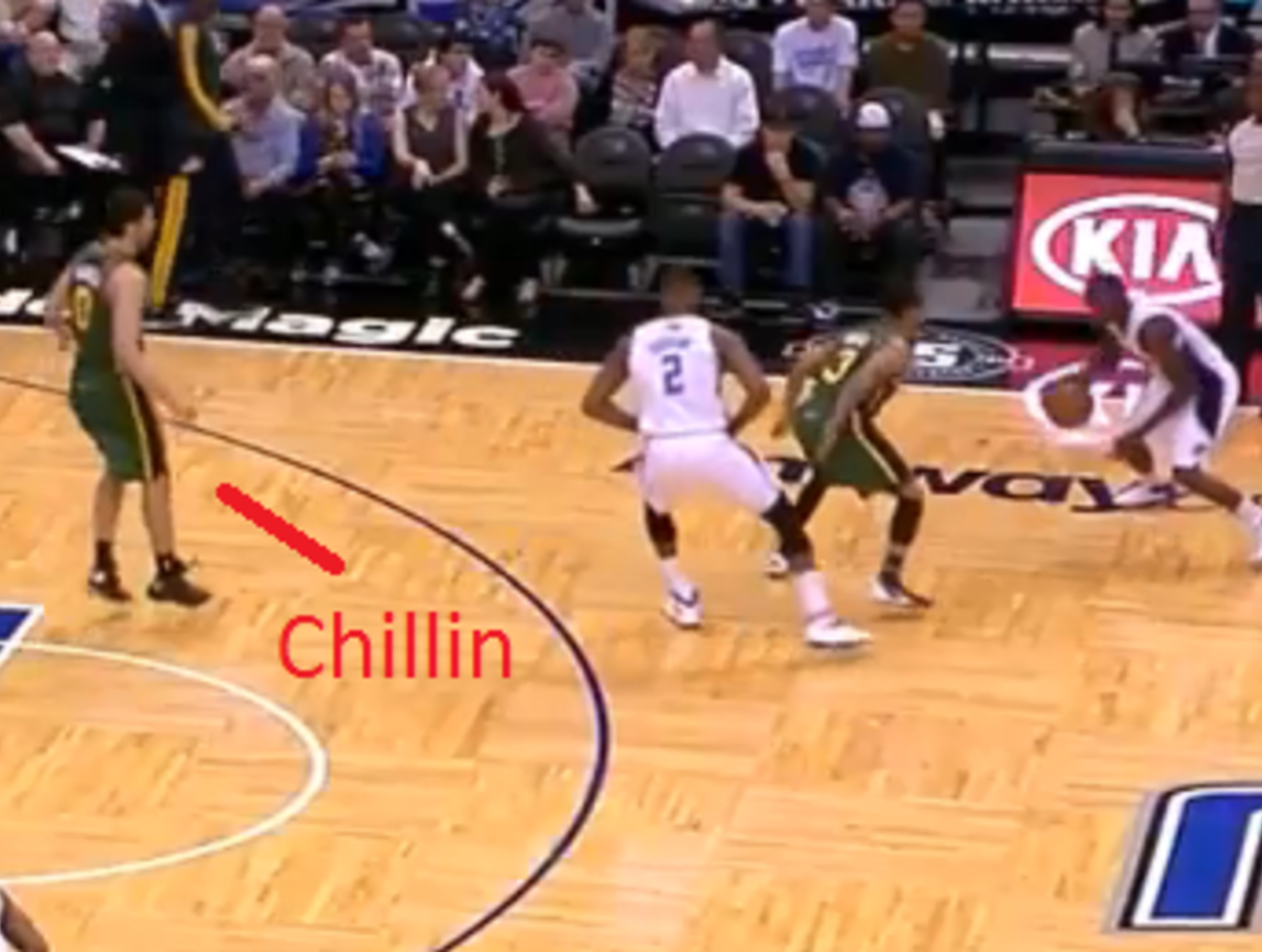Film Study: The Channing Frye signing is about the Magic's young guards, too
When the Orlando Magic signed free agent forward Channing Frye to a four-year, $32-million contract in mid-July, some eyes rolled.
Why, exactly, was a rebuilding team investing in a 31-year-old a year removed from serious medical issues? Considering Frye's unlikely to be producing commensurate with his contract by the time the Magic are competitive, his ultimate fit on the team was curious.
That is, until you dig in a little further into what Frye brings to the table for an offense.
Everyone knows that a 6-foot-11 player who can shoot is a rare and valuable commodity in the league, but Frye's 38.5 percent career clip from long range is the second best ever for a player of his size (what's up, Troy Murphy). That size-and-stroke combination creates a forceful pull on the defense that can really open up driving lanes for guards.
Enter Victor Oladipo and Elfrid Payton, the pair of youngsters on whom the Magic have bet their future.
Without much of a 3-point shot between them, Payton and Oladipo will generate most of their offense from their ability to drive - Oladipo ranked 18th in the NBA in total drives last season, and Payton was one of the most productive guards in college basketball without any semblance of a jumper.
Frye is going to help the young pairing a great deal by opening up the area inside the 3-point arc. To get an idea of Frye's impact, look at how the numbers for Phoenix Suns guards Goran Dragic and Eric Bledsoe changed with Frye on the floor last season:
| 2013-14 | AstRatio | TS% | Restricted FGA/36 |
|---|---|---|---|
| Bledsoe, w Frye | 23.4 | 58.1% | 5.4 |
| Bledsoe, w/o Frye | 21.4 | 57.3% | 5.1 |
| Dragic, w/ Frye | 24.4 | 62.0% | 5.7 |
| Dragic, w/o Frye | 20.1 | 57.2% | 5.2 |
The Phoenix point guards not only scored more efficiently, they also took more shots at the rim and assisted on a larger portion of possessions.
In simple terms, Frye makes a defense's decision set when guarding the pick-and-roll incredibly difficult. Hedge too far towards the point guard, and Frye's open for a quick-release three (he is also a solid passer, and so even a recovery on Frye will have the defense scrambling at the next step). Stick on Frye's hip while the guard's man fights through a screen, and that guard may very well have a first step toward the rim.
To wit, look at how the Sacramento Kings' defense reacts to a relatively simple side screen-and-role from Frye for Dragic:

This looks like it's going to be a fairly simple action, and the Kings are in a good position to help if the ball comes back up top.

DeMarcus Cousins begins by starting toward Dragic, who has easily lost Greivis Vasquez around the screen. Look at his body, however; he's leaning back toward Frye, uncertain about leaving him open in order to cut off Dragic's baseline path.

Cousins eventually decides that an open Frye is more dangerous than a driving Dragic, which is a mistake but an understandable one. To get a feel for why Cousins was unsure of the right play, watch what happens when the Golden State Warriors opt not to keep a man tight to Frye.
Here, Frye is approaching, ostensibly to set a ball screen. David Lee reacts as such, already beginning to shade to his right to corral Bledsoe.

The issue for the Warriors is that Frye never actually sets the screen, and instead drifts away from Bledsoe. Because Harrison Barnes if directing Bledsoe to the middle and Lee is playing as if there's a screen, Bledsoe has a hole to exploit.

Both Warriors players stay with Bledsoe to slow his momentum, and this nearly 40-percent 3-point shooter is all alone up top for an easy triple.

It was scenario after scenario like this all season for the breakout Suns, and Frye's presence was paramount.
Meanwhile, in Orlando, look at what happens to Oladipo when his screener is Kyle O'Quinn, not at all a threat to step out:

That play resulted in a turnover unrelated to Oladipo's lack of space, but the difference in opportunity is stark - where Dragic was gifted room, Oladipo faced a man going over the screen with a big dropping into help.
With Frye in Orlando, Oladipo and Payton should see a lot more of the former. Frye's signing speaks to how a salary isn't necessarily a measure only of a player's raw ability, but of his fit and the benefits he can bring to the team as a whole. He may no longer be an $8 million player if and when the Magic are back to competing, but he could be a major factor in the development of the two pillars the Magic are building on.